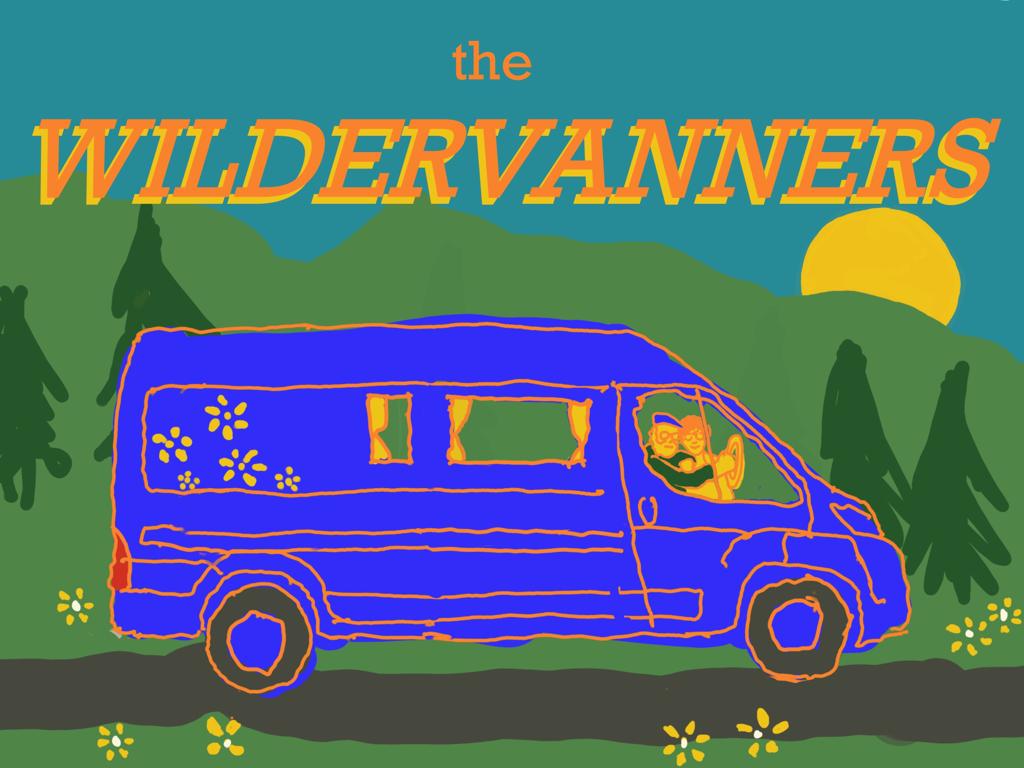It was my birthday on 16 July (68) and we celebrated in style in Finland at a 1970s modernist hotel on Hanaholmen. It’s only 10 minutes drive from the centre of Helsinki but in true Finnish style it’s surrounded by pine trees and the sea. And it has a cool swimming pool, sauna and a jetty which you jump off straight into the Baltic after your sauna. It was really fun.


We’ve been to Helsinki before so this time we went to the modern art museum, EMMA, in Espoo. It was full of light, space, and quiet. And also this futuristic pod home.

And Oiva Toikka seems to have known that this elephant has been a theme in our travels, previously in Sicily, Greece and Hungary it’s been a black elephant but this time it’s icy white.

Two days later we caught the ferry to Tallinn in Estonia. You may well wonder why we did this rapid circuit through Sweden and Finland. The answer lies in ferry schedules but also in our plan to circumnavigate this end of the Baltic. This was ferry number 18 and it turned out to be a booze cruise. With bottles of wine in Finland costing a minimum of 72 euros and more likely 150 euros in a restaurant and bottles in Estonia costing only 5 euros, you can see why.
With long evenings there was no problem driving straight from Tallinn to the western isles and then catching another ferry to Estonia’s second largest island Hiumaa which is a quiet kind of place. We stayed for four nights wild camping by the sea and really fell for it. The island has pine forests, silver birch woods, windmills, lighthouses, rocks, sea, and wonderful sunsets. They also have bus stops which look just like wooden summer houses. This is Diana’s drawing of some of the different elements.

By chance there was a folk festival going on for three days around the island, the first night being at the very place we were camped. The Eskboo bar filled out to hear one of Estonia’s famous TV actors singing sea shanties with an accordion (Marko Matvere). The next night we heard a group of seven women playing alternative bagpipes and then danced with the crowd in the pine forest. Interestingly it was an alcohol free festival. There were lots of families and women with babies. On day three we thought we were going to hear a choir singing (Estonia is famous for its choral singing) but because our Estonian isn’t very good we landed up listening to a poetry reading in a lady’s house by way of homage to her clearly eccentric mother.
One happy man with his van!

Here is Alex’s map of Hiumaa showing us walking, dancing and other sights.

We visited several good museums: the Soru maritime, a windmill, the composer Rudolf Tobias ‘ childhood home, and an excellent art gallery in Kärdla. The composer grew up on his father’s farm. They spotted his talent early, bought him a piano and eventually he went to the conservatoire in St Petersburg, moved to Berlin and died in 1918. There was a lovely tale of him as a child being sent out to help with the sheep shearing but he complained that the sheep made it impossible for him to compose.

We walked along the Baltic shores in the wind and frequently darkening skies, learned that the Swedish population were moved there in the 14th century to protect the routes of the Hanseatic league, were made serfs by the local aristocracy, and were then deported to the river Dnieper (now Ukraine) by Catherine the Great when the Russians took over in 1718. Eventually 1,000 came back but the war and then Soviet times were very tough for everyone. It’s amazing to think that Estonia only joined the EU in 2004 and to see how much it’s changed and they can now be their true selves (which the internet tells us means anything which they consider opposite to Russian, such as introvert rather than extrovert).

Beyond this lighthouse is the memorial to the Estonia ferry which sank in 1994 when over 800 people drowned.

Today we crossed over to Saaremaa, Estonia’s largest island, where we visited a lovely 14th century church in Karja with wall paintings and stone carvings.

Here is the Kaali crater caused by a meteor several thousand years ago (they’re not sure when). There are many references in ancient legends to the hole which was called “Where the sun fell”. It’s a very big hole so the impact must have been huge.

And finally the map to date!

